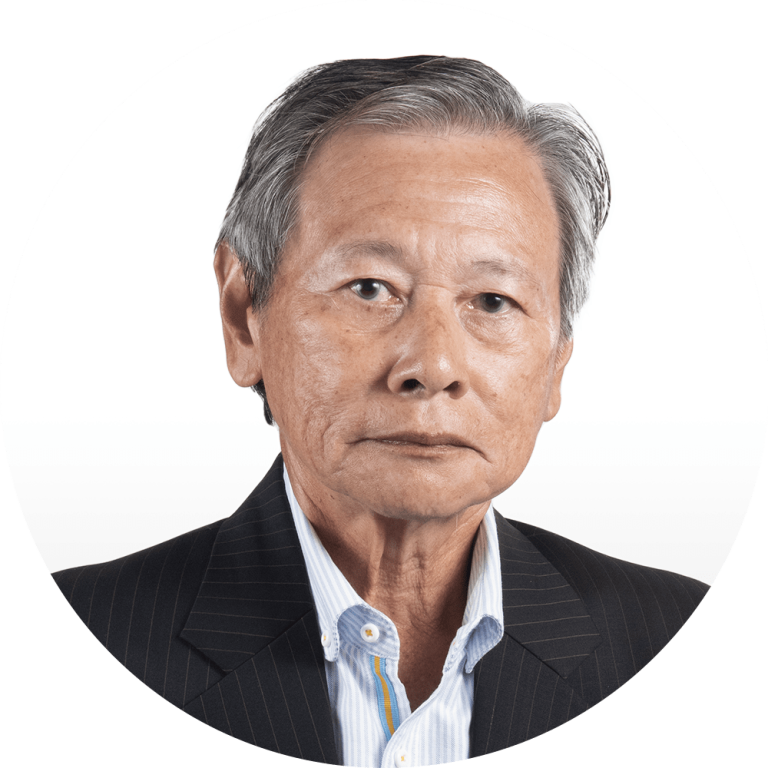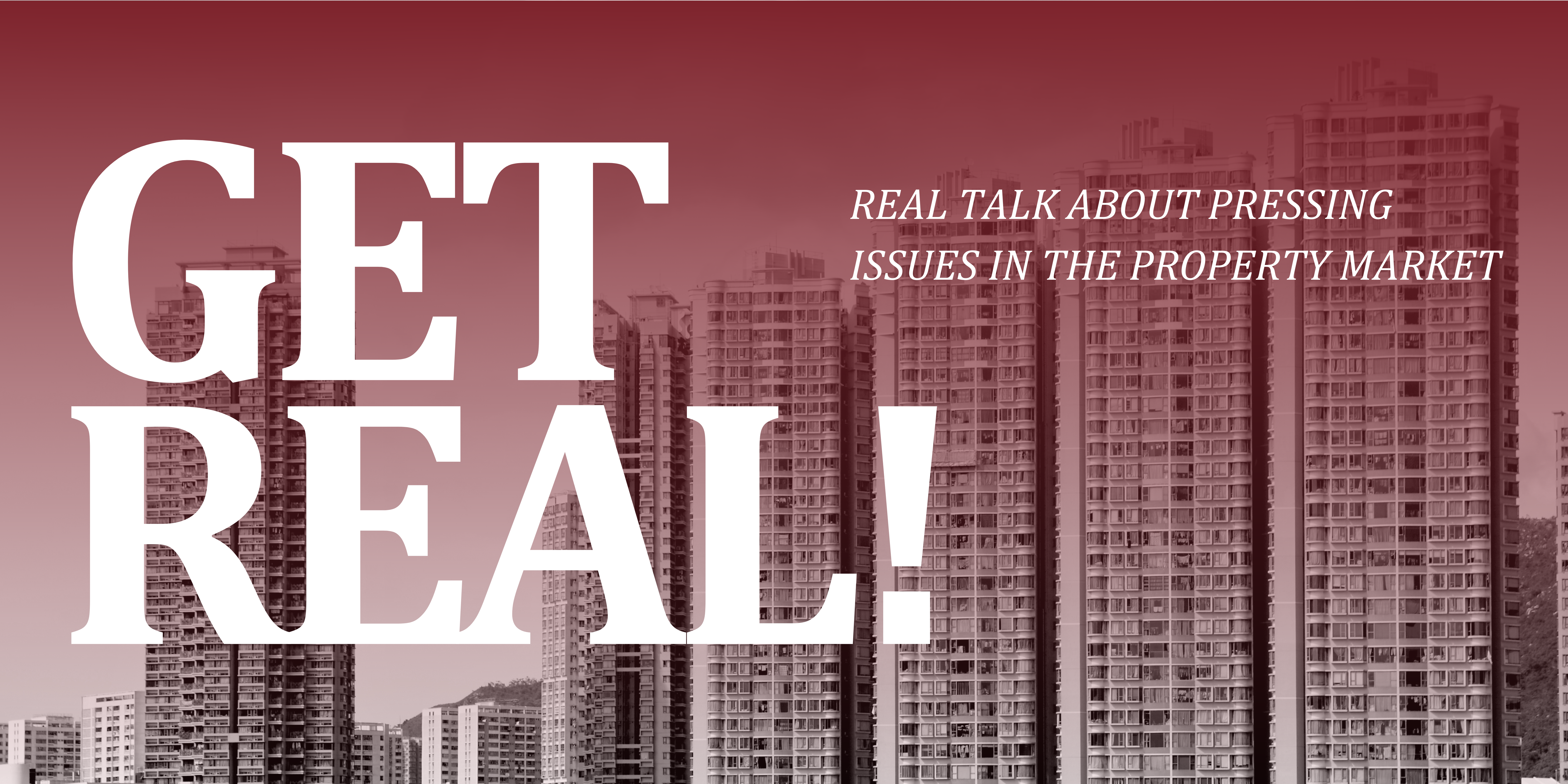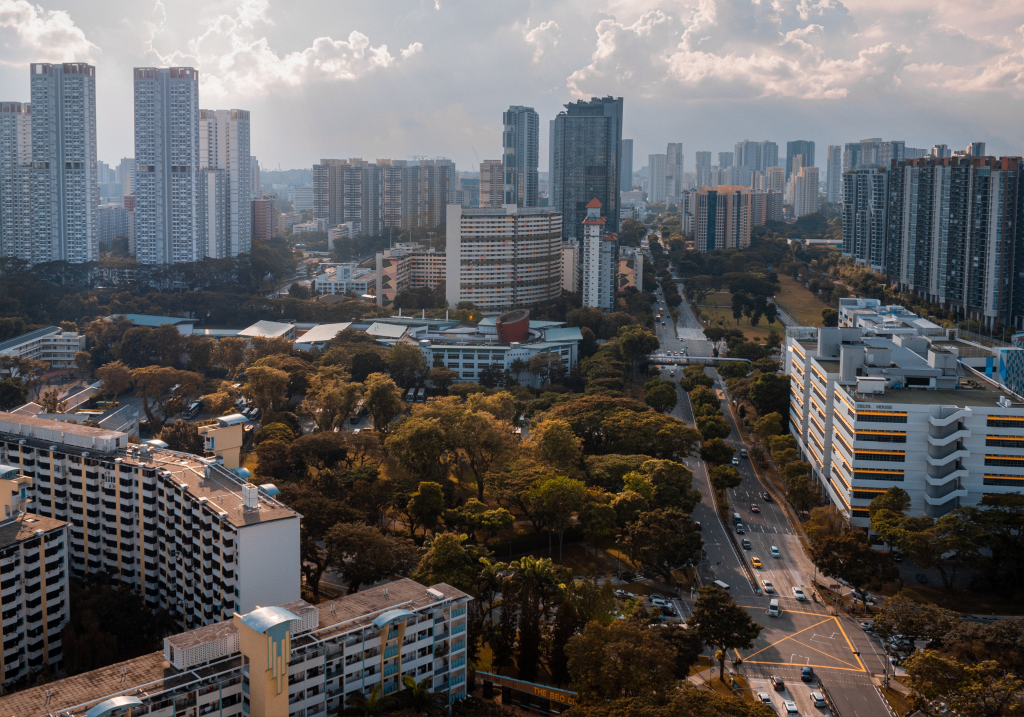Singapore’s Housing Market Evolution
Despite growing housing aspirations from the younger generation, with many experiencing ‘private housing dreams’, eight out of 10 Singaporeans live in public housing. The rules for home ownership have changed significantly since the Housing & Development Board (HDB) launched its scheme in 1964. For example, a huge step was reached in 1991 when the Government introduced the original ‘mature’/ ‘non mature’ classification framework and the Single Singapore Citizen Scheme, which allowed singles over 35 (who increasingly lived on their own) to buy from a limited pool of smaller flats in the resale market.
Statistically:
- In the 1960s, under the predecessor Singapore Improvement Trust (SIT) programme, 9% of the Singapore population lived in public housing;
- In 1970, 36% of the Singapore population was living in HDB flats;
- By 1989, more than 80% of the population were living in HDB flats;
- In 2013, 82% of the Singapore population were living in HDB flats;
- This has dropped over the last 10 years to 77% in 2022;
- In comparison, 11.5% of the population lived in condominiums in 2010, and this has since grown to 16% in 2020.
*National Library Board Singapore
As a small nation state with limited available land, Singapore’s housing landscape continues to evolve and new HDB flats are increasingly being built within or near existing estates due to land shortage. The lines between ‘mature’ and ‘non-mature’ estates have blurred as non-mature estates gentrify and add connectivity and amenities. Homebuyers are now more selective and are more interested in ‘specific attributes’ of a project, eg: proximity to good schools and MRT stations, instead of whether it is a centrally-located ‘mature’ estate. Citizens are also increasingly affluent and a growing proportion of the population is in a position to upgrade and afford private housing.
New Classification of BTO Flats
In his 2023 National Day speech, Prime Minister Lee Hsien Loong outlined a new classification for HDB ‘build-to-order’ (“BTO”) flats which will be implemented from the second half of 2024. The new classification adopts a three-fold approach in seeking to:
- Keep home ownership affordable;
- Maintain a good social mix in every town;
- Keep the system fair.
Instead of being known as ‘mature’ or ‘non-mature’ estates, the new public housing categories will be divided into ‘Standard’, ‘Plus’ and ‘Prime’ flats. Commenting on the new categories, JTJB Senior Partner and Head of the firm’s Property & Conveyancing practice Mabel Tan, explains: “Plus flats is a new category of flats which will be located in choicer locations within each town, near amenities such as MRT stations, community clubs and parks. The introduction of Plus flats will benefit young couples who wish to stay near their families. Plus flats are also subject to greater subsidies.”
The new housing categories are as follows:
|
Standard |
Plus |
Prime |
|
|
Locations |
Islandwide |
Choicer locations eg: near MRT |
Choicest locations eg: city centre |
|
Subsidies |
Standard |
More subsidies |
Most subsidies |
|
Restrictions |
5-year minimum occupation period (“MOP”) |
10-year MOP and some other restrictions. |
10-year MOP and most restrictions. |
|
Can singles buy? |
35 years and above only. Both BTO and resale. |
||
*DBS.com.sg
Impact on Housing in Singapore
The new classification framework is designed to ensure that public housing in Singapore remains affordable and with a good social mix, and that the system is fair for all. HDB will provide more housing grants, in particular grants that are means-tested so as to keep costs down while providing the most support to lower and middle income households. Tan says: “Prime and Plus flats will be priced with additional subsidies in addition to the substantial market discounts available for Standard flats, hence they will remain affordable to a wide range of households. Without these additional subsidies only higher income households can afford Plus and Prime flats.”
In addition to more subsidies for Plus and Prime flats there will be stricter sale conditions, such as a 10-year minimum occupation period (MOP), an income ceiling on resale buyers and subsidy clawbacks will be imposed upon the sale of Plus and Prime flats. This will enable HDB to moderate the prices at both initial sale and subsequent resale, keeping them within reach of more people.
The new framework is much more supportive of the growing singles demographic too, and singles over 35 years of age will be eligible to buy BTO flats across all three types of housing (Standard, Plus and Prime). Tan explains: “With the old framework, singles were limited to buying two-room Flexi BTO flats in non-mature estates in Singapore. Under the new framework and subject to HDB eligibility, singles can buy two-room FlexiBTO flats in all locations across all types of projects – under Standard, Plus and Prime flats that are situated in choicer locations. They can also buy a Standard or Plus flat of any size in the resale market or a two-room Prime flat in the resale market. More CPF Housing grants are also available to them.”
Looking Ahead
The new classification model is overdue given the ever-changing housing market and will likely be well-received by Singaporeans across society. Buyers’ top considerations for housing developments have evolved and are now centred around property prices, geographical location, transport accessibility, green areas and nearby schools. JTJB Senior Partner, Ting Chi Yen concludes: “This reflects Singapore’s social and economic development and the evolution of public housing needs from the original primary criteria of the 1960s of providing basic accommodation attenuated towards cost and amenities / sanitation which generally reflected the primary rehousing needs of the Singapore population moving rapidly from a ‘kampong’ structure to modern housing, to the present day concerns of a modern, sophisticated and affluent population much further up on the hierarchy of needs.”
In our land-scarce city nation, housing must remain affordable and accessible to the entire population, and at the same time provide more options to a population that has grown to expect more. The new model ensures a fairer way of distributing resources and subsidies is retained while providing choices for all.
For more information, please contact:
 |
Mabel TanSenior Partner JTJB Singapore Office |
 |
Ting Chi YenSenior Partner JTJB Singapore Office |
|---|
 |
Joseph TanConsultant JTJB Singapore Office |
 |
Tio Siaw MinAssociate JTJB Singapore Office |
|---|

